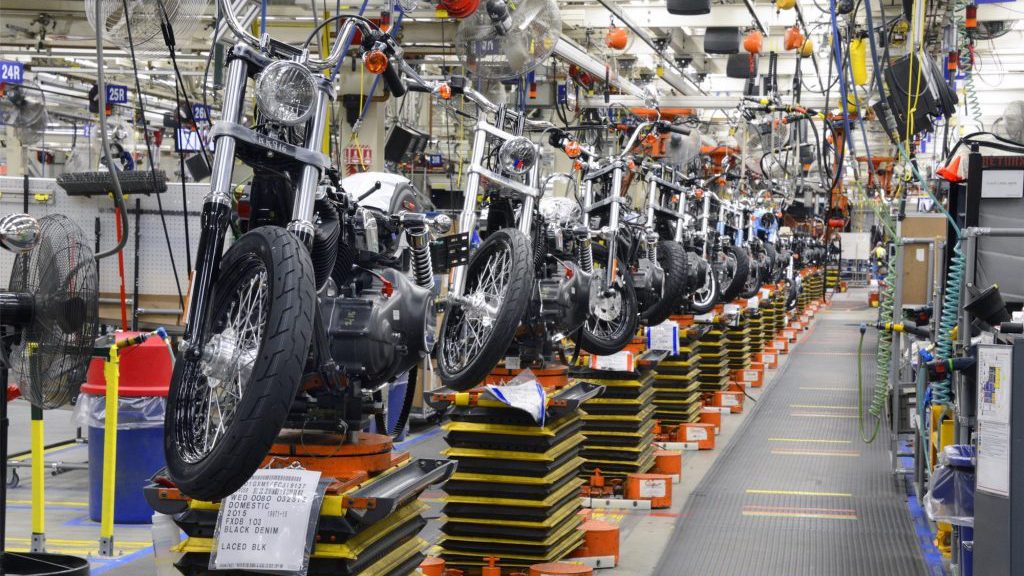
How to Achieve Consistent Color Matching in Motorcycle Painting
Share
For many motorcycle enthusiasts and tech professionals, the prospects of painting a motorcycle are both exciting and challenging. Achieving consistent color matching in motorcycle painting is crucial for aesthetic appeal and professional integrity. This endeavor goes beyond merely applying paint; it involves understanding the nuances of color science, environmental conditions, and equipment technology.
In this article, we will delve deep into the processes, best practices, and technological tools available that aid in achieving seamless color matching in motorcycle painting. From selecting the right paint to using advanced inspection methods, we'll cover a wide spectrum of factors that contribute to a flawless finish.

Understanding Color Theory
To successfully achieve consistent color matching in motorcycle painting, one must first grasp the fundamentals of color theory. Color is a perception resulting from the way light interacts with surfaces, and understanding this principle can significantly influence your painting outcomes.
Three primary attributes characterize color: Hue, Saturation, and Brightness. Hue refers to the color itself (like red, blue, green), saturation describes the intensity of the color, and brightness indicates how light or dark a color appears. Recognizing these attributes allows painters to make informed decisions when selecting paint and mixing colors.
Selecting the Right Paint
The selection of paint types plays a pivotal role in ensuring that you achieve the desired color results. Automotive-grade paints, particularly urethane and acrylic options, are favored for their durability and finish quality.
Remember that different paint brands may produce variations of the same color. Therefore, it's essential to obtain sample swatches and perform color matching while ensuring that they are from the same light source to achieve consistency. For detailed guidance, you can read about how to paint a motorcycle.
The Importance of Environmental Conditions
The environment in which you paint can affect how color appears. Factors such as humidity, temperature, and lighting can impact paint application and drying. Stable conditions help to ensure the paint will adhere correctly and mirror the desired color.
Its advisable to paint in a controlled environment where temperature and humidity levels can be maintained. Additionally, using professional lighting can help reveal the subtleties of color during application, helping to ensure a more accurate match.
Utilizing Color Measurement Technology
Today, many automotive professionals are leveraging the power of advanced color measurement technology to ensure consistent color matching. Devices like spectrophotometers analyze colors in detail and provide accurate color formulations.
Integrating systems that utilize color measurement technology can significantly enhance the precision of color matching. You can adopt these innovative practices by sounding out recommendations from superior paint quality guides.
Preparing the Surface for Painting
Proper surface preparation cannot be overstated when it comes to achieving consistent color results. Dirt, grease, or old paint layers can interfere with adhesion and alter the final appearance.
Start by cleaning the surface thoroughly. If necessary, sand the surface to create a blend for better adhesion. Workshops that adopt cleanroom protocols can achieve minimal contamination, which is essential for achieving a flawless finish.
Advanced Techniques in Motorcycle Painting
Many paint professionals utilize specialized techniques and processes to guarantee uniformity in color application. Techniques such as spray painting techniques, airbrush usage, and even hand-painting can all contribute to different aesthetics.
Implementing AI-driven solutions in your painting processes can also ensure that you achieve the consistency you desire, effectively limiting errors and rework.
Inspection and Quality Control
After painting, an essential step is inspection. Utilizing systems that can gauge both texture and color accuracy is paramount. Flaw detection technology can help in identifying inconsistencies early on.
For motorcycle painting, leveraging high-speed inspection mechanisms is a vital step to maintaining quality. Looking into high-speed inspection methods can significantly minimize time and enhance quality.
Conclusion: Mastering Color Matching
Achieving consistent color matching in motorcycle painting is no small feat. It calls for a mix of understanding, tools, and techniques. By applying the above principles, adopting the right technologies, and maintaining rigorous quality control measures, you can ensure that your motorcycle not only looks great but stands the test of time.
For more tips and techniques, consider checking out these insightful resources: factory custom paint options, or browse our other articles on finishing touches, such as painting with spray cans for those DIY projects.

FAQs
1. What are the steps to prepare a motorcycle for painting?
The steps include cleaning the surface, sanding, and applying a base coat if necessary.
2. How can I ensure my paint colors match with existing ones?
Use a spectrophotometer to analyze and match your paint colors accurately.
3. What environmental conditions are ideal for motorcycle painting?
Stable humidity and temperature levels, along with appropriate lighting, are essential for optimal results.
